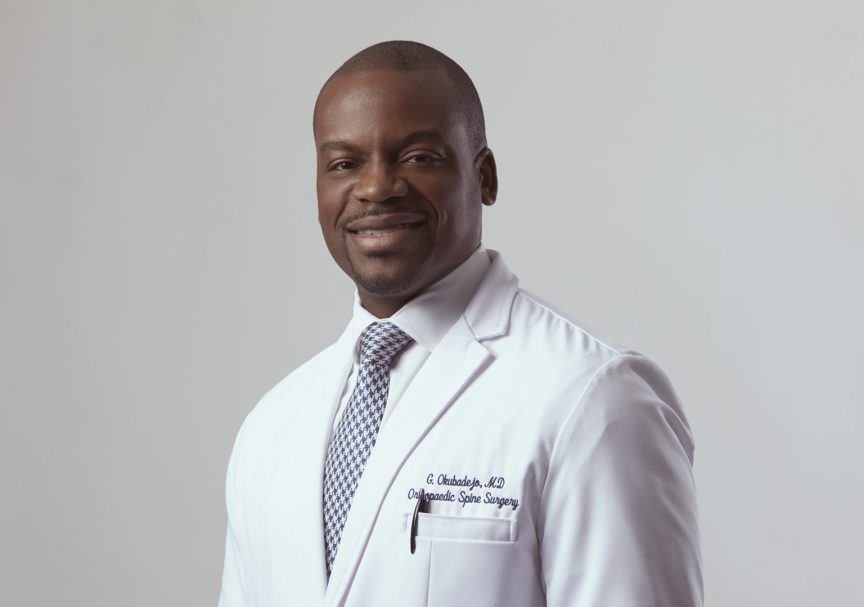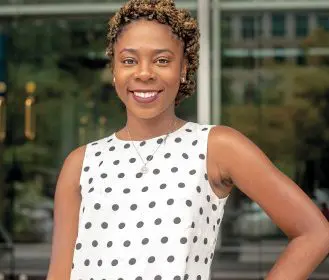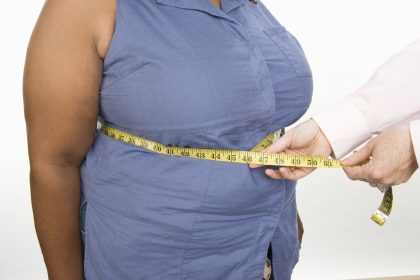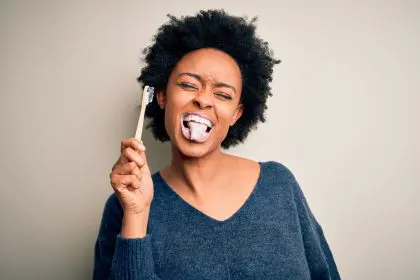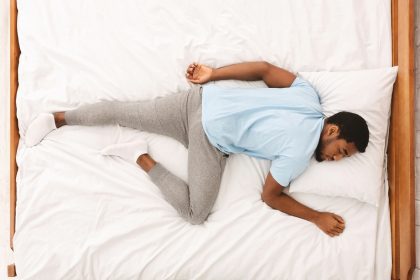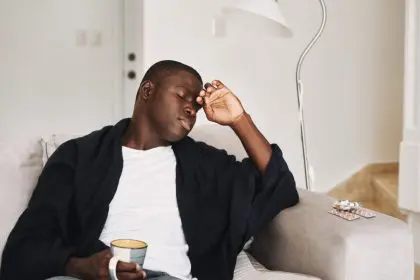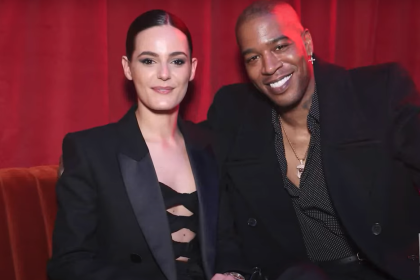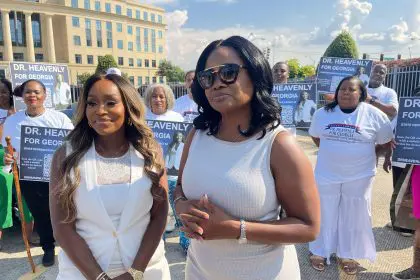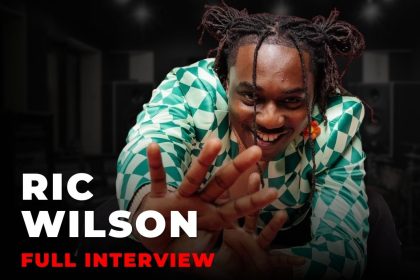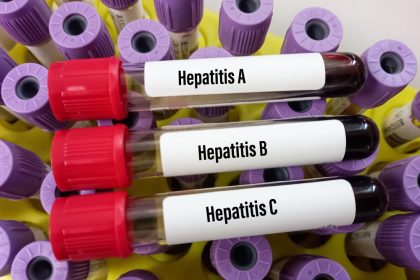Dr. Gbolahan Okubadejo, known to his patients as “Dr. Bo,” is one of New Jersey’s top spine surgeons and head of The Institute for Comprehensive Spine Care. With over 17 years in practice, Dr. Bo has dedicated his career to helping patients understand their spine health and providing comprehensive treatment options that prioritize mobility and quality of life.
His impressive educational background includes an undergraduate degree from Brown University, medical school at Johns Hopkins University, orthopedic surgery residency at Washington University in St. Louis, and a spine surgery fellowship at the University of Pittsburgh Medical Center. As a Fellow of the American Academy of Orthopaedic Surgeons (FAAOS), Dr. Bo brings both expertise and innovation to his practice, having received the Leonard Marmor Surgical Arthritis Foundation Resident Award for outstanding research during his residency.
Beyond his surgical expertise, Dr. Bo is a published research author who has presented findings at major spinal health conferences worldwide. His commitment to improving lives extends beyond the operating room—he invented the 360 CoreBoard, a fitness tool designed to enhance core workouts while reducing stress on the lower back.
With offices in both New York and New Jersey, Dr. Bo makes himself available to patients who need spine care, treating conditions ranging from herniated discs and sciatica to spinal stenosis and arthritis. His philosophy centers on education and comprehensive care, ensuring patients understand their condition before exploring treatment options that may include physical therapy, pain management, or minimally invasive surgical techniques.
Can you provide information about your background as an orthopedist?
I’m an orthopedic spine surgeon. I do some work on shoulders and knees if it’s arthroscopy, but my main focus is spine surgery. Anyone who has neck pain with radiation down their arm. If you have back pain and you’re having trouble getting around, maybe it radiates into your legs. Then that’s the kind of person that I treat.
My practice is in both New York and New Jersey. I’ve been in practice now for 17 years. I make myself available any day a patient needs to see me. My website is nynjspine.com. Anyone who has neck or back issues and thinks that you need evaluation. Check us out and we’ll take care of you.
Where did you study and complete your medical training?
I did my undergrad at Brown University, in Providence. I went to medical school at Johns Hopkins. I did my residency at Washington University in St. Louis, in orthopedic surgery. Then I did a fellowship in spine surgery at University of Pittsburgh, and I’m now 17 years into practice.
What are common bone and joint problems you see in the African American community?
A lot of younger African Americans, like anyone else, can get herniations from being very active. If you get a herniation, typically the way it will manifest in the neck is that you have neck pain, and you have a feeling of radiation into your arms. Either it’s both arms or just one arm, and you have trouble moving your neck. And you just feel uncomfortable. Typically, that means there’s something going on within your neck.
If it’s your back. And you feel like, there’s burning pain or pain that travels down that leg and a lot of people describe it as sciatica. And that’s typically from a herniation. And we do the evaluation. Most people begin with physical therapy, and if that resolves your symptoms, then you move on with your life.
If your pain still persists, then we send you to pain management where you can get injections, and if that resolves your symptoms, then you can move on with your life, if nothing else resolves your pain, then ultimately our patients are the ones who say, “Listen, I’m not getting better.
What else can I do?” And that’s when the surgeon looks at whatever they can do to get you better. And we employ techniques for me I use a lot of minimally invasive techniques, and that tends to resolve the problem. If you’re older, then stenosis is more of the issue where your entire canal can have constriction from either herniations over time. There’s a tissue called the ligamentum flavum, which can thicken the nerves within the canal, and that can cause pain going down both legs.
Sometimes, you see, older people who are kind of bent forward because they have a lot of pain in their back, and they have difficulty getting around. And that’s because the nerves are compressed. Typically, it’s the same process, physical therapy, possibly injections and then you may end up needing surgery. But the goal of surgery is to get you back to being more functional. A lot of people are afraid of surgery because they think it’s debilitating.
But surgery actually gets you back. Be with the surgeon, who explains everything to you, who shows you imaging, who makes it very clear why you have pain, and has a very clear plan to get you back to your life.
How important is physical therapy for spine conditions?
I’m a big proponent of physical therapy and just being active in general. A lot of times people develop pain because their bodies have decompensated. It’s less so the pathology that’s causing the pain, but more so that they just haven’t worked their muscles in a bit. A physical therapist can assess where you have deficiencies and come up with a plan to get you stronger, more flexible. By moving and being stronger, it gives your spine more support, and it buys your body time to break down whatever is causing pain.
Sometimes whatever is causing the pain is at a threshold where being active alone is not going to resolve the problem, and you need intervention. Physical therapy is still important in those cases, because the more optimized you are before having surgery the better your recovery is. Physical therapy is always a good thing. It’s always a win, because being stronger, being a little more flexible just makes things better all around.
When should people see an orthopedist instead of toughing it out?
If you have pain that limits you in any way, just see the orthopedic surgeon, get a diagnosis, understand your body. The first thing I do with anyone coming in is I get X-rays of whatever body parts hurting you. If it’s your neck, if it’s your back, your X-ray gives me a baseline as to what’s going on. If you have malalignment, then that could explain things. If you have arthritis, I can see that on the X-ray that could explain things.
If your X-ray looks absolutely normal, but you have a lot of pain that it could be something that I need another study to see more detail, in which case I get an MRI, and with that detail I can then tell you exactly why you have pain, and then come up with a plan.
A false thought that a lot of people have is that by coming into an orthopedic surgeon’s office, the only solution that will provide is surgery. That’s not the case at all. What we do is just give you a firm sense of what is going on with your body and give you an overall plan to get you better.
My goal is to get you mobile period. If it’s therapy that gets you there, then I’m happy if it’s therapy and injections, and you’re mobile, and you’re happy, then I’m happy if you need surgery. But you’ve done the other things first, and surgery is the last option then, and I have a clear plan, a finite plan for you and I get you better. I’ve had patients who came into my office in a stretcher who are completely debilitated, got surgery 3 months later, they’re dancing in the office, it’s not dire at all.
We give you a sense of what’s happening with you, because if you don’t understand your body, then you have no idea what’s happening, don’t let fear keep you from coming in to understand. I don’t have scalpels in my office, I promise you. You will not get surgery in the office. You will get a nice surgeon to break things down and explain everything to you, you know exactly what’s going on with you, because each person is individual. I’ll let you understand what you have going on for yourself, and then we come up with a plan together.
Can you break down what arthritis is and how to catch it early?
Arthritis is a condition that develops over time as we get older and the spine specifically, I’ll talk about the lower back, the lumbar spine. Typically, it manifests first with the disc breaking down. If you look at an MRI, most MRIs, what we call a T2 weighted MRI will show the disc as being very bright, because the disc has a lot of fluid, and as we get older the disc tends to lose fluid, and it gets a little darker. When a disc is darker, then it gets stiffer when it’s stiffer, then bone spurs can occur, and there’s a higher likelihood to have a herniation.
All these changes occur as we get older. You can also have bone spurs coming from the joints in the back of the spine called the facet joints. And that can also be a cause of something that can put pressure on the nerves.
You can also have a tissue behind the nerves in the spine called the ligamentum flavum that thickens as we get older, everything works towards getting our spines more crowded. And that crowding of the spine is what causes pain, and that pain can manifest in different ways. And with your surgeon looking at your studies, we can tell you exactly what degree of pathology you have, and then give you a sense of what to expect going forward, and a plan to get you better.
What are simple things people can do to keep their bones and joints healthy?
The most important thing is to be active, because our bones peak in their density, probably in our mid thirties, to early forties for most people. The best way to have the best bone quality is by having a diet that has a good amount of calcium and vitamin D. Those of us who are darker skinned. We get less vitamin D because of our skin tone. You have to oftentimes take supplements.
Make sure you see a primary care, doctor, annually, you can do all the blood testing to see exactly where you are. If you have any deficiencies, take your multivitamins to get things balanced. I’m very active, and I had a deficiency. When I was 40 of vitamin D and I had to take supplements, and I take supplements every day, and we have a blood test every year to make sure that I’m at the right levels.
I like using multivitamins, D3. And basically the combination of vitamins that covers everything that way, you have no deficiencies at all. I always take multivitamins. I take the combination. I’m 50 now. Especially as you get older, you have to take more. You have to take more to make sure you’re fully supplemented.
Why is osteoporosis talked about so much in the black community?
Osteoporosis is actually more common in the Asian community and the Caucasian community. Because the people who are most vulnerable are people who have less body mass and less exposure to sun. If you’re kind of thin, and then your likelihood of osteoporosis is a little higher, because there’s less remodeling of bone because there’s less density to kind of combat weight. That being said, you still want to know exactly what your vitamin D levels are as you approach menopause, you want to have a sense of what your bone mineral density is.
That way if you’re borderline, you’re taking the medications that you need to get your bone stronger, because once you have osteopenia. Which is thinning of your bone osteoporosis, then you’re more vulnerable to having micro fractures, or even bigger fractures if you have a fall, and if the picture of an older person is kind of crouched forward, and you kind of have that bent posture.
That’s because a lot of their bone quality is poor. You have these little micro fractures over time that force you into what we call a kyphotic alignment. It’s critical to be conscientious of your bone health early on that way the stronger your bone is early on, the less likely you are to develop osteoporosis as you get older.
What orthopedic conditions do you see more frequently in Black patients?
I see a little more stenosis lumbar stenosis in. And that’s when the canal the entire canal is constricted from thickening of the ligamentum flavum of having disc herniations over time. And usually these patients are kind of bent forward. And if you’re going grocery shopping, and you kind of have to hold a cart because you have a lot of pain in your back and your legs.
I’ve seen a lot of that, and I think a lot of people are afraid of intervention that, just like you said they tough it out for years, and if you get to a certain age where your health is no longer good enough to undergo a procedure that’s corrective. Then you may have bought your pathology for life unfortunately.
As soon as you start feeling pain or limitations just going for an assessment just to have a sense of where you are. It may not be as dire as you think, or it might be a little more severe, but at least you know, early on, you can make your proper adjustments earlier rather than later.
How can people reach your practice?
I have offices in both New York and New Jersey, in New Jersey. I’m in Northern New Jersey. I’m in Englewood and Jersey City in New York. I’m pretty much in every borough. My website is nynjspine.com on Instagram it’s @spinedocnynj. Follow me on Instagram. Come to my office. If you have any questions at all like I said, I don’t have a scalpel in the office, what you’ll get is a great education about yourself, about your spine, and I’ll give you a plan to have you live your best life.
Video interview with Dr. Gbolahan Okubadejo coming soon. Check back shortly to watch this exclusive conversation.

